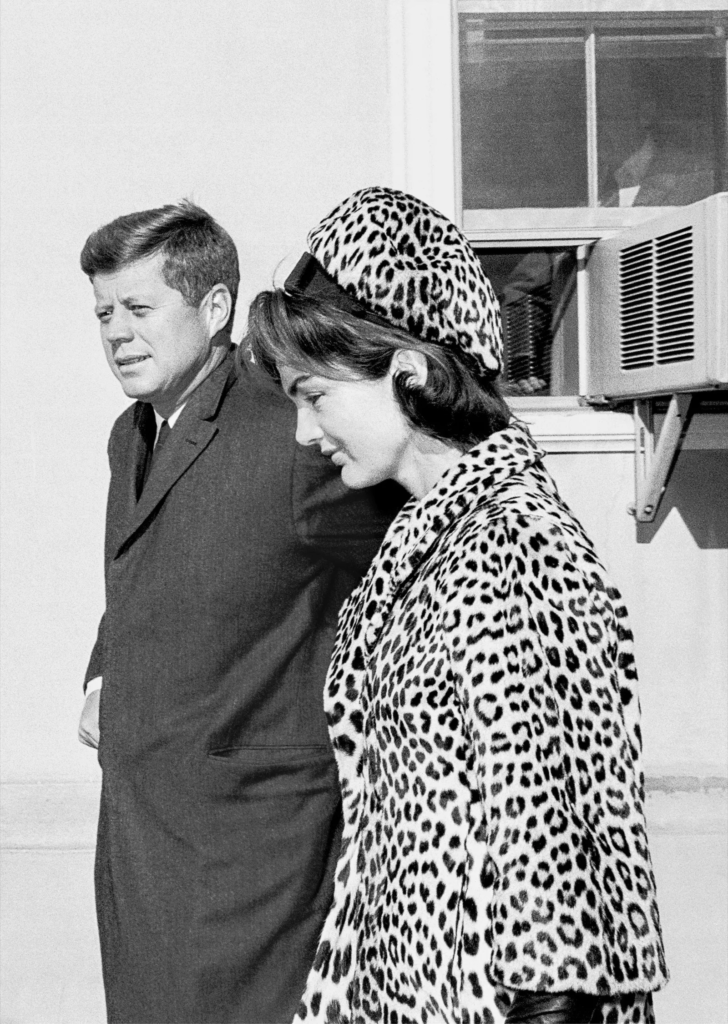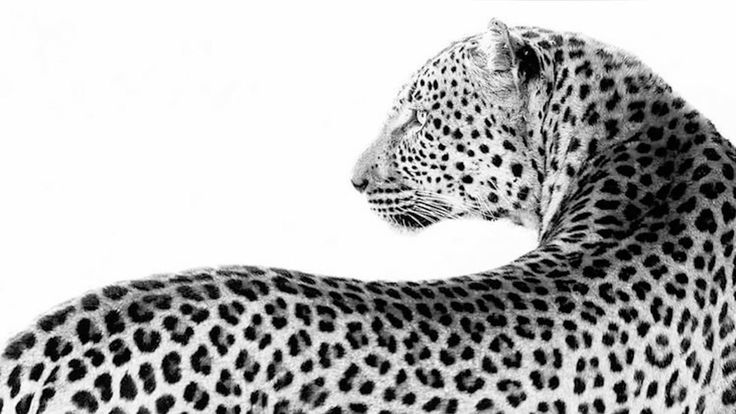Animal prints have been a staple in fashion for decades, boldly gracing everything from dresses and accessories to home décor. These patterns—often featuring the striking textures of animal fur, from zebra stripes to leopard spots—have come to symbolize a fusion of wildness and glamour. But where did this trend originate, and what made it so popular?
The Origin
Historically, animal prints were often used by royalty and the elite to convey status, with materials like tiger pelts being extremely rare and expensive. The use of animal skins in clothing has been documented as far back as ancient Egypt, where they were worn by pharaohs and nobility.
However, it wasn’t until the 20th century that animal prints became widely associated with fashion. This transformation was largely driven by a shift toward glamour and the growing influence of Hollywood.
The Rise of Animal Prints in High Fashion
The popularity of animal prints exploded in the 1950s and 1960s, largely due to the emergence of Hollywood icons like Marilyn Monroe, or First Lady Jaqueline Kennedy’s and her famous leopard coat. However, it also allowed other animal prints to gain popularity, zebra stripes, crocodile skin, giraffe spots and snakeskin. They all began to gain more and more popularity over the years.

“When Jacqueline Kennedy was living in the White House, in the early sixties, she relied upon the taste of Oleg Cassini, the costume designer turned couturier, to supply her with a wardrobe that would befit her role as First Lady, one of the most photographed women in the world.”writes The New Yorker in 2023 “Should Leopards Be Paid for Their Spots?” (an amazing article by the way)
Picture: Pinterest.com, Jacqueline Kennedy in her famous leopard coat
In the 1960s a new approch was discovered to the well known animal prints. For many young people, animal prints represented freedom and rebellion, a way to break away from the traditional and embrace something bold and new. These prints gave individuals a chance to embrace their wild side while still remaining fashionable, aligning with the growing countercultural movements that were taking place in the decade. Nevertheless, it never changed the classical look of the animal prints. Legendary actresses like Brigitte Bardot, Elizabeth Taylor, and Ursula Andress were seen wearing leopard and tiger prints both on-screen and in their personal lives, creating an undeniable association between animal prints and glamour.
Ethical awareness
The 1960s and 1970s saw a societal shift in awareness regarding animal rights, environmentalism, and ethical fashion. The growing demand for more humane alternatives to fur and leather coincided with a greater focus on sustainable and animal-friendly options.
Anti-Fur Movements (1960s–1970s):
The 1960s and 1970s saw the rise of animal rights activism, with movements like PETA (People for the Ethical Treatment of Animals), founded in 1980, pushing for alternatives to animal furs and skins. Influenced by the civil rights movement, feminism, and anti-war activism, many in the youth culture of the ’60s rejected the fur coats that were synonymous with luxury and status. Animal rights advocates and influencers, including celebrities like Brigitte Bardot and Catherine Deneuve, began publicly denouncing the use of real fur.

In 1986 Brigitte created “The Brigitte Bardot Foundation for the Welfare and Protection of Animals”.
Picture: is from an article linked below
Vegan Fashion Boom (1980s–1990s):
As awareness of animal cruelty grew, fashion designers began to explore innovative faux alternatives. Materials like polyester-based faux furs, microfibers, and faux suede became popular, offering consumers a wider range of options that were both ethical and stylish.The rise of “eco-fashion” in the 1990s emphasized sustainability, and faux alternatives to animal skins continued to improve in quality and variety. Vegan leather (made from PVC, PU, and other synthetic materials) became increasingly popular, offering an alternative that looked and felt like real leather without harming animals.
Opinion nobody asked for
Personally, I love the drama and excitement that animal prints bring to any outfit. They have the ability to elevate an otherwise simple look, adding texture, color, and a touch of wildness. There’s something unapologetically bold about wearing these prints—whether in a chic leopard print dress or a playful zebra-striped accessory. Whenever I try to come with a look I find it very fun to add a pop wildness. Although I think that it is very important to not make the animal print look cheap and tacky. There is nothing more terrifying than an amazing vintage outfit ruined by a mass bought leopard print.
My sources:
The New Yorker: “Should Leopards Be Paid For Their Spots” and photo of Jacqueline Kennedy
Rouge Magazine: “The Wild History of Animal Print”
Photo of Brigitte Bardot: “French film legend and animal rights activist Brigitte Bardot’s life in photos”
Front Picture: Pinterest.com


Leave a Reply